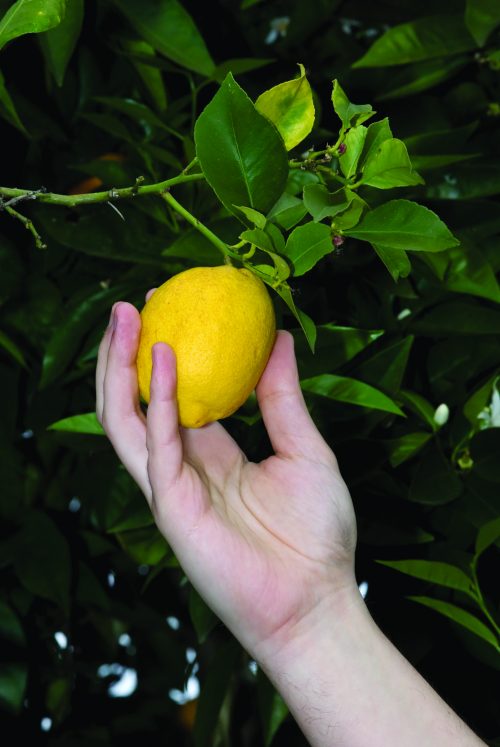
What to do in your garden in August.
Planting
Postpone any outdoor planting until the soil and air temperatures warm up in spring.
If you have space, however, give summer capsicums and aubergines a head start: soak seeds in warm water overnight, plant in pots filled with seed-raising mix and keep indoors in a warm and light space – at least 24ºC. Small seeds should be planted no more than 5mm below the surface. Feed seedlings a fortnightly dose of weak liquid manure and plant out in late spring.Other seeds to raise indoors for planting out in spring include leek, broccoli, cabbage, silver beet and onions.Garlic and shallots can still be planted directly into the garden now where no frosts prevail. Each clove or ‘set’ planted now will yield many more in summer ready for harvest when the plant tops die back.
Lettuce and pea seeds can be sown outdoors now in preparation for a late spring harvest under a cloche or covering. Remove cover in spring.
Maintaining
Sprinkle a little blood and bone meal around the base of strawberry plants now to promote summer fruit production.
Turn over the compost heap to speed up breakdown so the insides are now out, and the bottom now the top. In early spring spread the decomposed compost heap over the vege garden. You can compost directly onto the bare vegetable patch by layering manure, wood ash, lawn clippings, newspaper and untreated sawdust.
Stake and tie up peas and broad beans to keep them off the ground and protect against wind damage.
If you have sown potatoes, continually pile earth over the green stems so that only 20cm of stems show above ground. This gets spuds to form along the length of the buried parts of the stems.
Instead of TV for the evening, don gumboots and a head torch and venture out to pick off slugs and snails on your winter veges. Wet nights are heaven for these pests.
Harvesting
In the northern half of the country the first asparagus spears will be just poking out. Carefully cut these at about 15cm tall to enjoy the most tender and tasty shoots.
Late summer plantings of vegetables including Brussels sprouts, broccoli, cabbage, beetroot and carrots can be selectively harvested. And tamarillos, grapefruits, limes lemons and mandarins are ripe for harvesting if you have them.
Green guidance
Newspapers (not glossy magazines) and cardboard boxes can be cut up and laid over bare earth. Cover with soil to secure. It makes a wonderful mulch which provides soil with carbon when decomposed.
Wood ash from fires is a good source of potash and calcium carbonate (lime). Potash helps plants form sugars and starches while lime helps break up heavy clay soils and decreases soil acidity. But keep wood ash away from plants that like soil acidity including squash, potatoes, rhubarb and cabbage.
www.healthyfood.com










